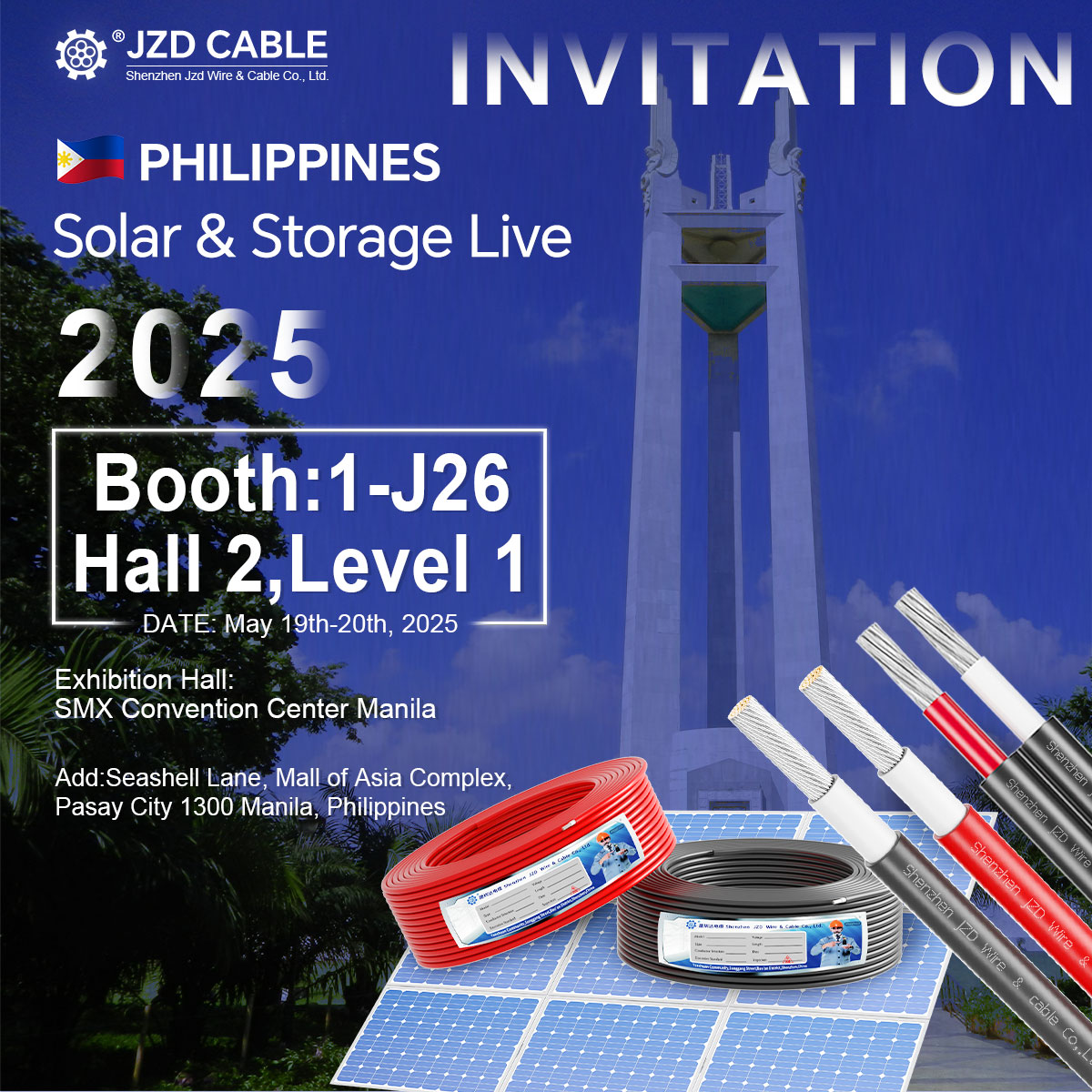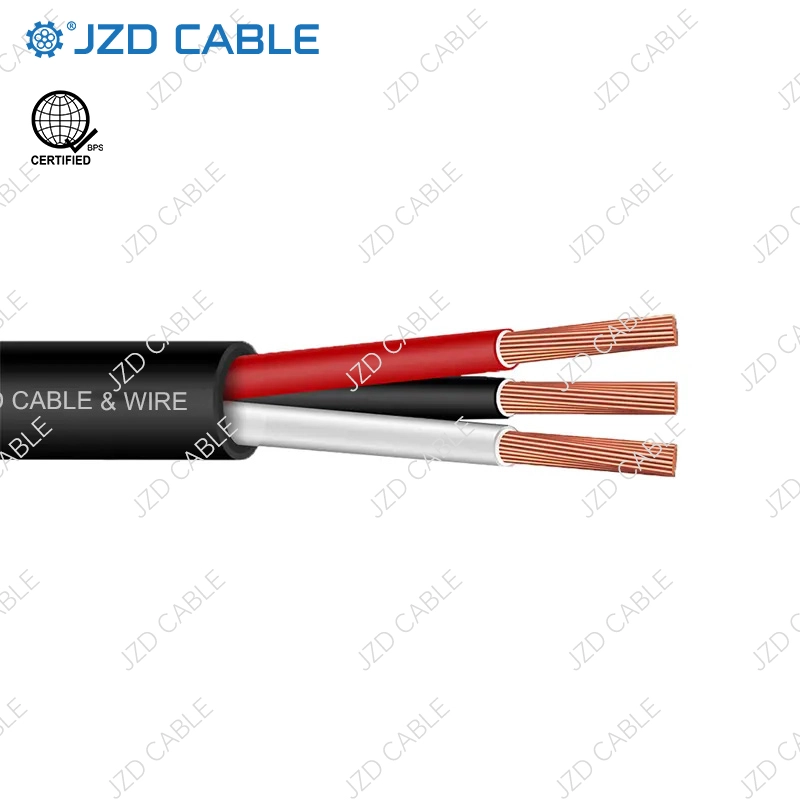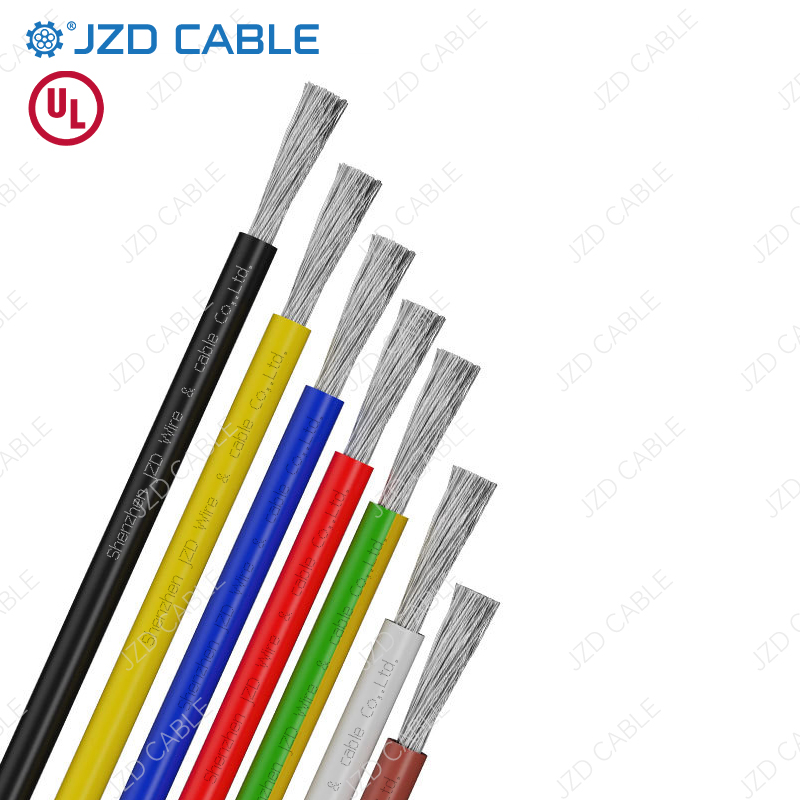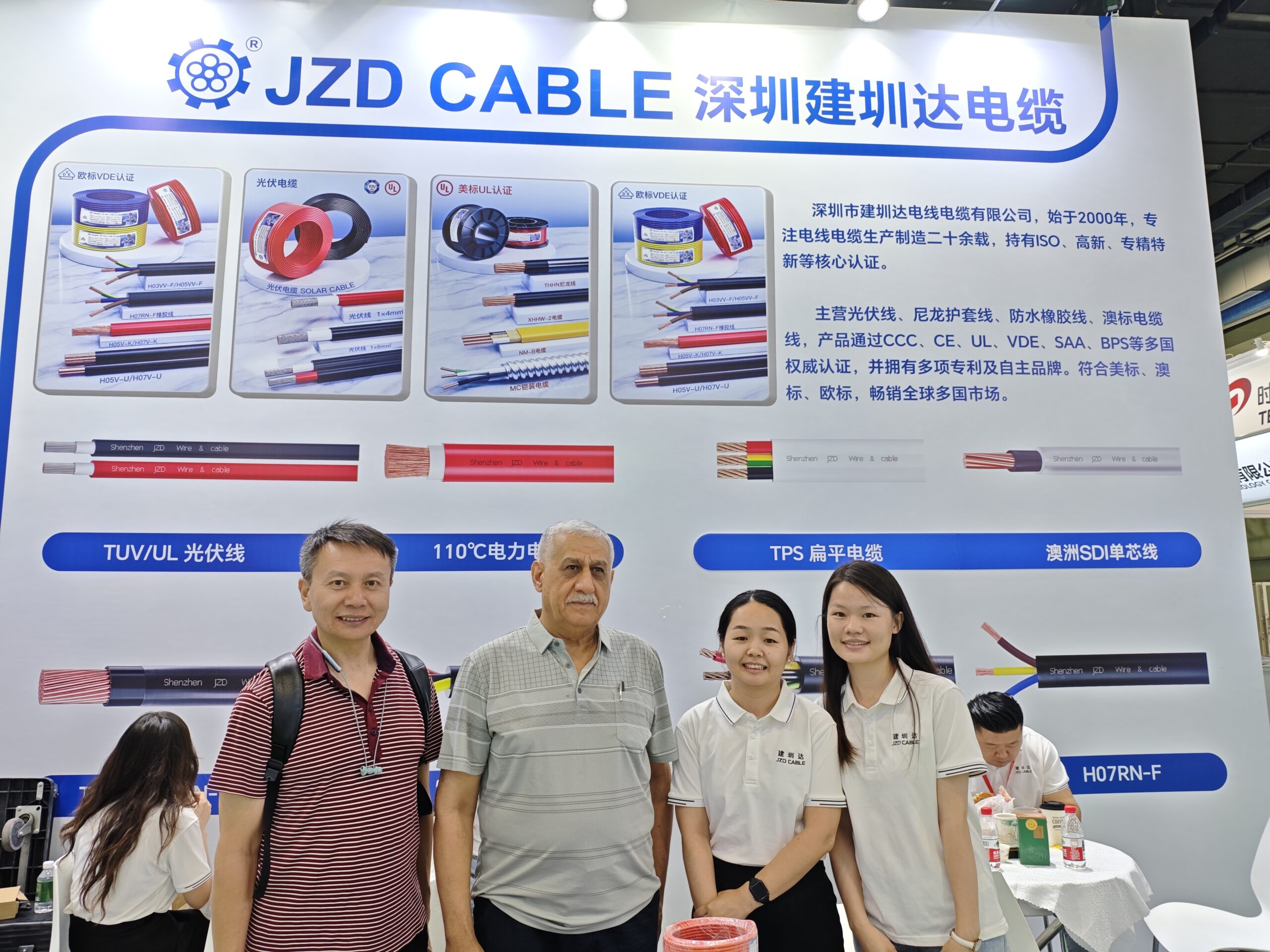Choosing the correct photovoltaic (PV) cable is critical for the safety, efficiency, and longevity of any solar energy system. Two common options encountered are PV1-F and H1Z2Z2-K cables. While both serve the fundamental purpose of connecting solar panels, significant differences in their construction, performance, and certifications make each suitable for distinct applications. Understanding these differences is key to selecting the optimal cable for your specific project requirements.
Core Differences in Construction
The fundamental difference between PV1-F and H1Z2Z2-K cables lies in their internal design. PV1-F features a simpler construction with a single layer of cross-linked polyolefin insulation surrounding the tinned copper conductor. This streamlined design contributes to its cost-effectiveness. In contrast, H1Z2Z2-K utilizes a more sophisticated dual-layer insulation system made from Cross-Linked Polyethylene (XLPE). This layered approach significantly enhances the cable’s robustness and durability. Furthermore, H1Z2Z2-K employs oxygen-free tinned copper conductors, engineered for lower electrical resistance compared to the standard tinned copper used in PV1-F. Both cables use flame-retardant, Low Smoke Zero Halogen (LSZH) sheathing materials, but H1Z2Z2-K typically uses the more durable XLPE for its outer sheath compared to the standard PVC found on PV1-F. This inherent complexity in H1Z2Z2-K translates directly to superior long-term performance, especially in demanding environments.
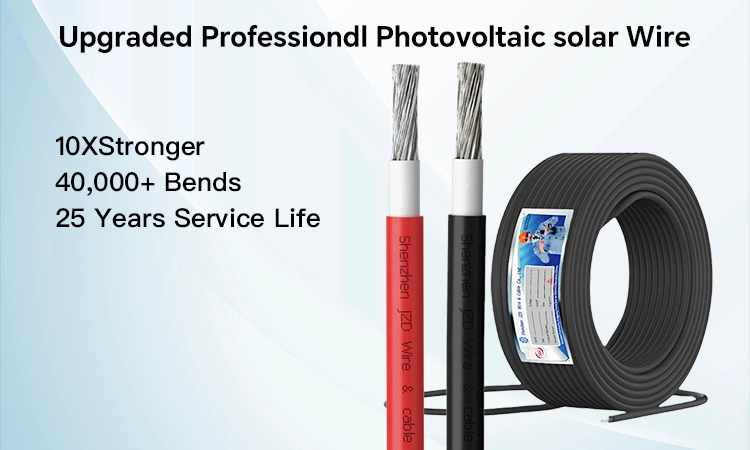
Performance and Electrical Characteristics
Both cables share a similar operating temperature range (-40°C to +90°C) and short-circuit withstand temperature (200°C for 5 seconds). They also exhibit comparable maximum conductor resistance values (e.g., ≤5.09 Ω/km for 4mm²). However, their voltage ratings reveal a crucial distinction. PV1-F is rated for DC 1.0kV and AC 0.6/1.0kV. H1Z2Z2-K, benefiting from its enhanced insulation, carries a higher rating of DC 1.5kV and AC 1.0/1.0kV. This higher voltage capability makes H1Z2Z2-K essential for systems operating above 1kV DC or in applications demanding greater voltage headroom.
Protection and Environmental Durability
When it comes to weathering harsh environmental conditions, H1Z2Z2-K clearly excels. Its materials and construction are specifically reinforced to offer superior resistance to UV radiation, ozone degradation, and hydrolysis (moisture damage). This makes it exceptionally well-suited for long-term exposure to intense sunlight, coastal areas, or high-humidity environments. While PV1-F provides basic protection, its simpler construction, especially the standard PVC sheath, makes it more susceptible to premature aging and cracking under prolonged, severe weather exposure. Both cables are environmentally friendly LSZH types, minimizing toxic fumes and corrosive gases in case of fire, but H1Z2Z2-K often adheres to stricter smoke density requirements as specified in the EN 50618 standard.
Choosing the Right Cable for Your Application
The optimal choice between PV1-F and H1Z2Z2-K hinges heavily on your project’s scale, budget, environmental conditions, and regulatory requirements.
- PV1-F remains a viable and cost-effective solution primarily for small-scale residential rooftop installations operating well within its DC 1.0kV limit, particularly in regions with moderate climates. Its lower price point makes it attractive for budget-conscious projects or temporary installations expected to last less than 5 years where the highest levels of environmental resistance aren’t paramount.
- H1Z2Z2-K is the strongly recommended and often essential choice for larger commercial or utility-scale solar farms, systems utilizing higher DC voltages (≥1.5kV), and projects located in regions characterized by extreme environmental challenges. This includes areas with intense, prolonged sunlight (high UV), high humidity, significant temperature fluctuations, or coastal salinity. Its superior durability, enhanced safety features, and compliance with the latest international standards make it the investment for long-term reliability and performance.
The Critical Importance of Certification Standards
Certifications are not just paperwork; they are guarantees of safety, quality, and compliance. Here lies a critical differentiator: H1Z2Z2-K conforms to EN 50618:2014, the current, harmonized European standard specifically developed for PV cables. This standard incorporates stringent requirements for performance, safety, and durability.
Conversely, PV1-F was historically certified under the older 2 PfG 1169/08.2007 guideline, which has now been superseded and is no longer updated. While existing stocks might still be available, choosing PV1-F for new projects carries inherent risks regarding compliance with the latest safety standards and long-term reliability expectations.
Therefore, for any new solar installation, H1Z2Z2-K is the unequivocally preferred choice. Its adherence to the active EN 50618 standard ensures compliance, enhances safety, and offers greater peace of mind for the lifespan of your PV system.
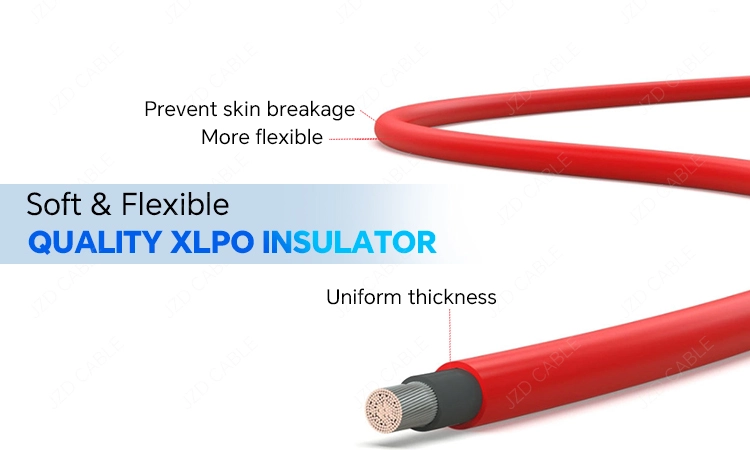
Making the Final Decision & Key Procurement Tips
- Prioritize H1Z2Z2-K: For virtually all new installations, especially larger projects, high-voltage systems (≥1.5kV DC), or those in challenging environments, H1Z2Z2-K is the recommended and often mandatory standard.
- PV1-F Limited Use: Reserve PV1-F onlyfor very small-scale, low-voltage (DC <1.0kV), budget-critical residential projects in moderate climates, with full awareness of its superseded certification status.
- Verify Certifications: Always demand proof of certification! Insist on seeing valid marks from accredited bodies like TÜV SÜD, TÜV Rheinland, or other recognized labs confirming compliance with EN 50618:2014 for H1Z2Z2-K cables. Do not accept cables lacking verifiable, current certification.
- Select Correct Size: Ensure the cable cross-sectional area (e.g., 4mm², 6mm²) is adequately sized for the system’s maximum current to prevent overheating and energy loss. Consult electrical design specifications or a qualified professional.
Conclusion
The choice between PV1-F and H1Z2Z2-K PV cables is fundamentally a balance between initial cost and long-term value, safety, and compliance. While PV1-F offers a lower upfront price, H1Z2Z2-K delivers superior construction, enhanced performance under stress, better environmental protection, and crucially, compliance with the current EN 50618 standard. For any project where reliability, longevity, and adherence to modern safety norms are priorities – which encompasses the vast majority of solar installations today – investing in H1Z2Z2-K cable is the clear, responsible, and ultimately cost-effective decision. Always verify certifications and select the correct cable size to ensure your solar array operates safely and efficiently for decades to come.
JZD Cable supplies TÜV-approved PV cables with full traceability. Get project-matched recommendations:
Request Your Free Consultation & Quote Today Or Download Technical Spec Sheets for PV1-F/H1Z2Z2-K comparisons.





